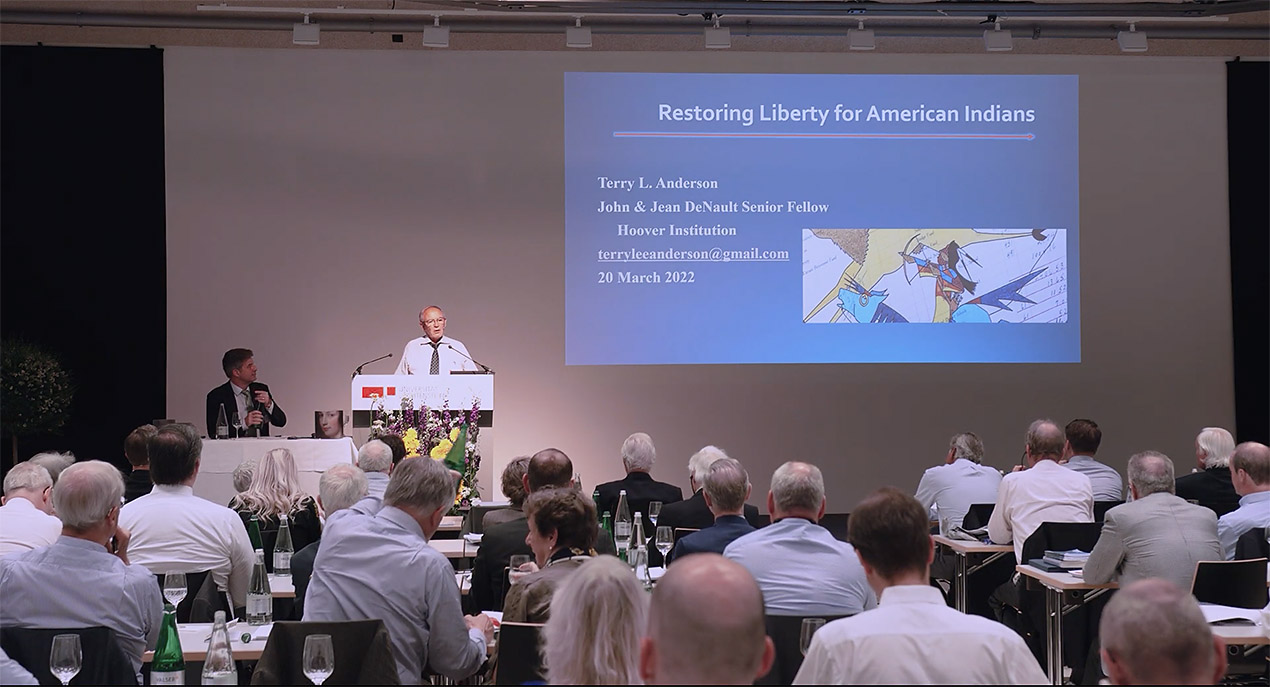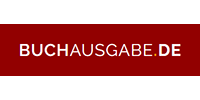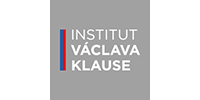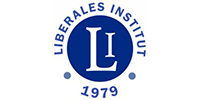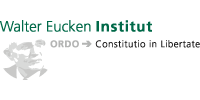Blackboard Economics: On the Root of Public Interest Evil
Blackboard Economics: On the Root of Public Interest Evil. Essay by Terry L. Anderson*
Anyone who has taken an economics course has been dazzled by the graphs that professors like to draw on the blackboard (or whiteboard in more modern times). There is no more dazzling example of these graphs than an article published in the American Economic Review (March 1957) by Francis Bator titled “Simple Analytics of Social Welfare Maximization” (thought it did not seem “simple” to me when I was a graduate student). In it he provides a “rigorous” graphical rendition of how neo-classical principles could lead to maximizing social welfare and justifies his analytics saying, “It appears, curiously enough, that there is nowhere in the literature a complete and concise nonmathematical treatment of the problem of welfare maximization in its ‘new welfare economics’ aspects.
It is the purpose of this exposition to fill this gap for the simplest statistical and stationary situation.” Bator describes the analysis as “a rigorous diagrammatic determination of the ‘best’ configuration of inputs, outputs, and commodity distribution for a two- input, two-output, two-person situation, where furthermore all functions are of smooth curvature and where neoclassical generalized diminishing returns obtain in all but one dimension-returns to scale are assumed constant” (p. 22).
The article begins with the “efficiency locus” of isoquants (seem simple?), transits to a “production possibility frontier,” then to a “grand utility possibility frontier,” which assumes knowledge of individual preferences, then to a “welfare function,” for which “ultimate ethical valuations are involved,” and finally to “Ω,” the “constrained bliss point.” What could be more enticing than understanding how to take society to its bliss point, and what could lead more to public interest evil?
The “root” of public interest evil, however, goes back much farther than Bator to A.C. Pigou’s The Economics of Welfare in 1920. Therein he leads economics down the pernicious road of externalities by distinguishing between “two varieties of marginal net product” which he named respectively social and private. The marginal social net product is the total net product of physical things or objective services due to the marginal increment of resources in any given use or place, no matter to whom any part of this product may accrue. It might happen, for example, , , , that costs are thrown upon people not directly concerned, through, say, uncompensated damage done to surrounding woods by sparks from railway engines. All such effects must be included – some of them will be positive, others negative elements – in reckoning up the social net product of the marginal increment of any volume of resources turned into any use or place. (134)
The upshot of his argument is that individuals acting on the private costs and private benefits they face will over-produce products with negative externalities and under produce those with positive externalities …
Continue reading ->
Blackboard Economics (PDF)
* Terry L. Anderson has been a senior fellow at the Hoover Institution since 1998 and is currently the John and Jean De Nault Senior Fellow. He is the past president of the Property and Environment Research Center in Bozeman, MT, and a Professor Emeritus at Montana State University where he won many teaching awards during his 25 year career. Anderson is one of the founders of “Free Market Environmentalism,” the idea of using markets and property rights to solve environmental problems, and in 2015 published the third edition of his co-authored book by that title.



